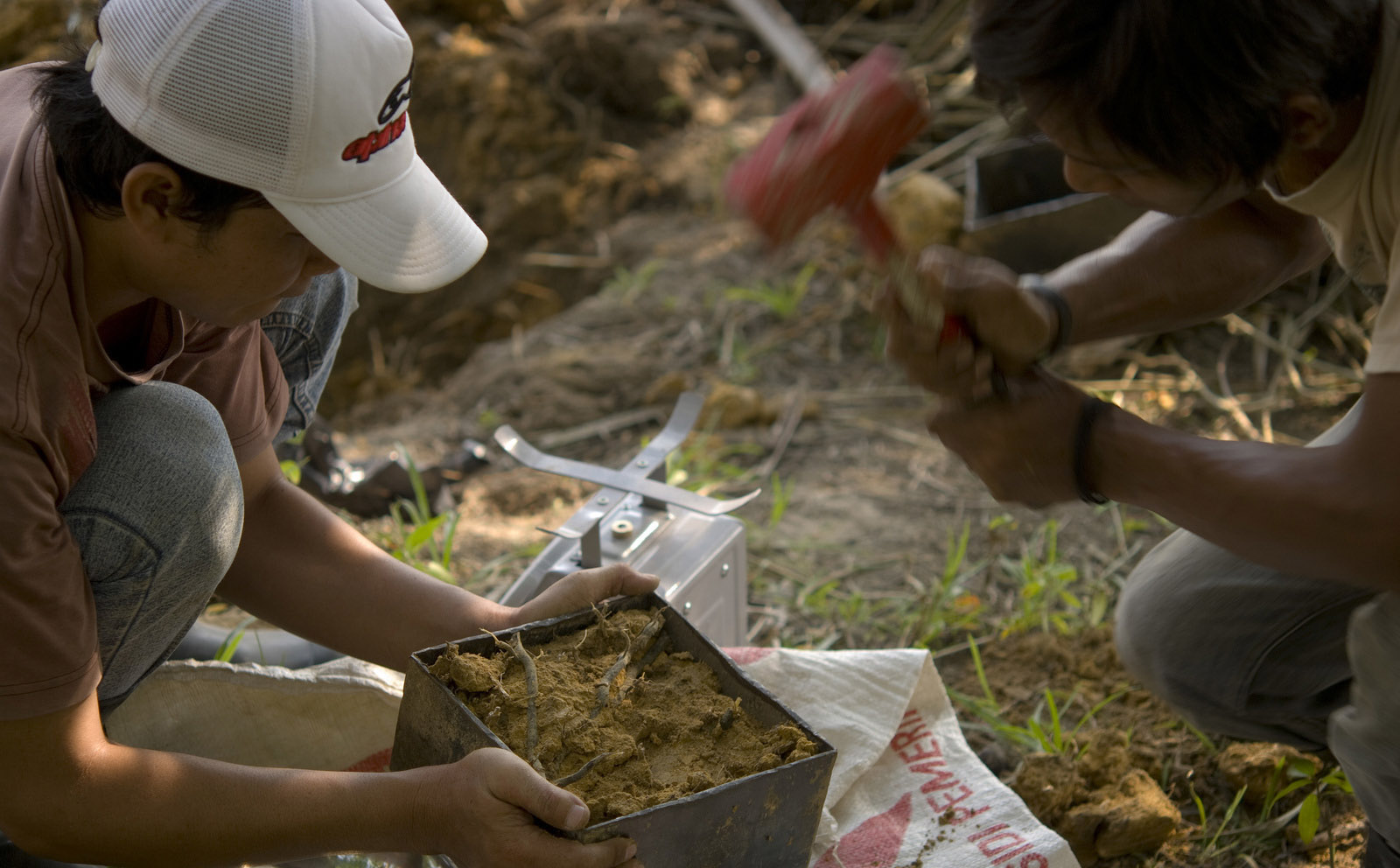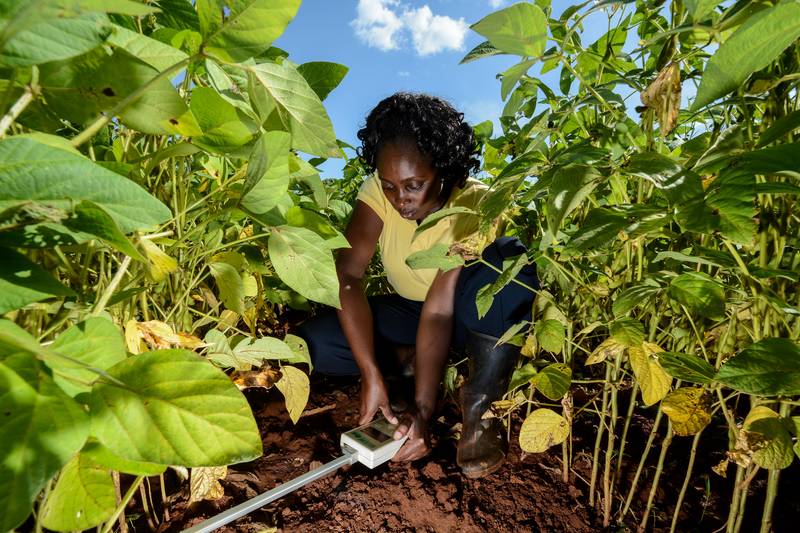
Mon 16th March 2020 — As momentum grows behind the critical role nature can play in helping to mitigate against climate breakdown, a new study led by The Nature Conservancy provides timely information and insights into harnessing the power of soils as part of these nature-based approaches. Published in the journal Nature Sustainability, the study calculates that soil represents up to 25% of the total global potential for natural climate solutions (NCS) – approaches that absorb CO2 from the atmosphere and lock it into forests, croplands, grasslands and wetlands.
Monday the 16th March 2020
Research led by The Nature Conservancy calculates the total carbon-storing power of global soils and highlights approaches designed to capitalise on this untapped potential

Arlington, VA – As momentum grows behind the critical role nature can play in helping to mitigate against climate breakdown, a new study led by The Nature Conservancy provides timely information and insights into harnessing the power of soils as part of these nature-based approaches.
Published in the journal Nature Sustainability, the study calculates that soil represents up to 25% of the total global potential for natural climate solutions (NCS) – approaches that absorb CO2 from the atmosphere and lock it into forests, croplands, grasslands and wetlands.
Representing the first time soil’s combined global potential for carbon-mitigation across these different ecosystems has been evaluated, the study – published in collaboration with Conservation International, Woods Hole Research Center, University of Aberdeen, Yale University, the Chinese Academy of Sciences and Silvestrum Climate Associates – provides a timely reminder to invest in the power of soils alongside other crucial measures including accelerating the transition to cleaner, more efficient energy infrastructure.
“While there is no such thing as a single ‘silver bullet’ for mitigating the environmental crisis through nature-based solutions, soils – with their powerful associated benefits for everything from wildlife to farming – definitely deserve more prominence among these climate-critical strategies,” comments principal author Dr Deborah Bossio, lead soil scientist for The Nature Conservancy.
“By highlight the full carbon-mitigation potential of soils across a range of landscapes and exploring practical mechanisms for accelerating uptake of these approaches, we hope this study will ensure soil has a permanent seat at the table in any future conversation about natural climate solutions.”

The research also argues that a lack of clarity regarding the full scale of the opportunity has hampered investment in smarter soil practices to date, highlighting a series of practical approaches designed to address this situation, including the integration of this thinking into burgeoning carbon markets. For the farming sector in particular, it is noted that sustainable soil management represents a chance for global leadership on nature-based approaches to climate mitigation.
Demonstrating that soil carbon represents up to 25% of total global NCS potential, the paper also estimates that 40% of this potential will be delivered by protecting existing soil carbon reserves, while 60% will come from rebuilding stocks through soil health practices and peatland restoration.
Furthermore, the researchers show that soil-based strategies can play an important role in mitigating carbon across a variety of landscapes – ranging from 9% of forest mitigation potential, through 47% for agricultural lands and grasslands, and 72% of total carbon mitigation potential in wetlands.
“We already know that nature has a powerful role in mitigating runaway climate change,” comments Conservation International’s Dr Bronson Griscom, lead author of the landmark (2017) study that showed how NCS can together deliver one-third of the total carbon reductions required by 2030. “Yet we’re in danger of missing the forest for the trees when it comes to the crucial role that soil carbon also has to play. Hopefully, our paper will help to change that.”
— END —
FURTHER READING:
- To learn more about The Nature Conservancy’s global conservation science work, please visit: https://www.nature.org/en-us/about-us/who-we-are/our-science/
- Carbon brief: ‘Restoring soils could remove up to ‘5.5bn tonnes’ of greenhouse gases every year‘
NOTES FOR EDITORS
Bossio, D.A., Cook-Patton, S.C., Ellis, P.W., Fargione, J., Sanderman, J., Smith, P., Wood, S., Zomer, R.J., von Unger, M., Emmer, I.M., Griscom, B.W. (2020)
The role of soil carbon in natural climate solutions. Nature Sustainability.
https://doi.org/10.1038/s41893-020-0491-z